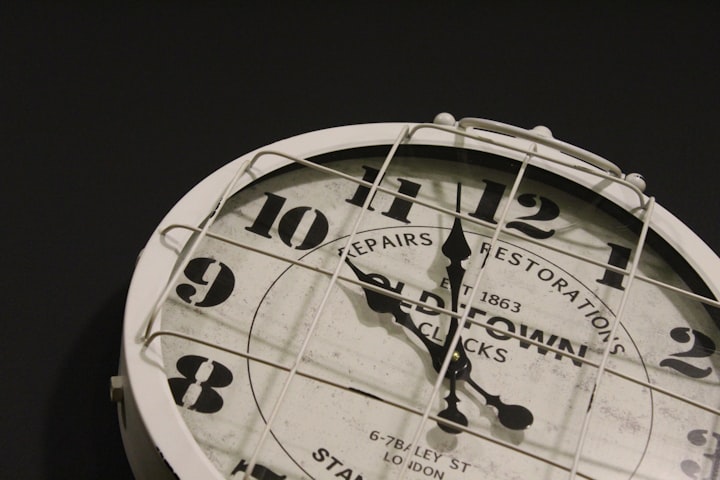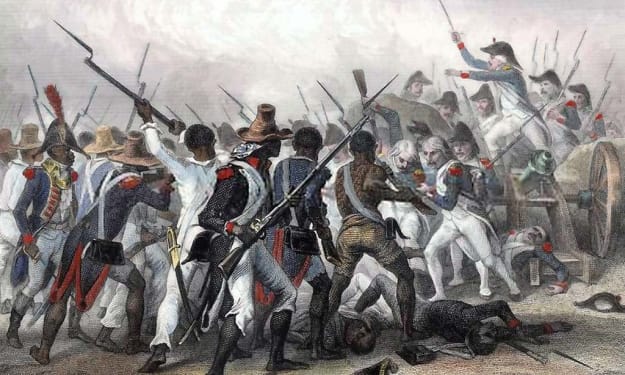
While the passage of time can occur under certain contact geometries that allow for faster movement than light speeds, such as cosmic cables, passing worms, and alcubierre propulsion. These new findings shed light on what appears to be further evidence that, while extension time allows us to look to the future, we will never be able to look back. Even if we were to go back in time, we would not be able to change events to create a different future.
Time TravelTime travel is the idea that moving across a certain point in time is like traveling to different places in space between an object and a person using a guessing machine known as a time machine. In Einstein's view of the passage of time travel may be the subject of future science fiction films. Unusual apparatuses, circling at lightning speed while allowing people to run on time, live in a dream environment.
The Doctor Who time machine, TARDIS, represents time about space size. The curvature of space causes things to move in a curved direction due to the curvature of the space, known as gravity.
Gravity involves space-time curves in resolving equations of the general theory of relativity, in which particles move in paths taken by particles in the past. There is no specific solution for the field measurement system that determines the performance of a metric range, but time intervals include closed curves such as timelines (earth lines) spaced with points between earth lines that cause future and landlines from the past causing the condition described over time.
Disruption is a headache for researchers, in part because Einstein's general theory of relativity implies that it is only possible to close time intervals that allow the viewer to travel time and interact with another observer without interrupting his or her presence. But researchers say that the problem is not there because the events can change it. In other words, Tobar's model says that even if you go back in time, you can no longer change how events develop or how the future changes, Nomura said.
Theoretical naturalists have done a lot of work over the past decade to determine whether the universe could be torn apart by the construction of a time machine - in other words, whether it is possible to manage the issue and geometry of space-time to create a new path or cycle over time. Possibly, however, British philosopher Stephen Hawking and others have argued that man will never go back to the time when the mechanical machine was built. At the moment, understandably, the passage of time requires a device, and time machines can only take you so far.
The concept of a special and common relation suggests that the appropriate geometry of space-time and a particular type of space travel will allow for periodic movement from the past to the future if possible. The problem lies in determining whether this solution represents the real situation in the real world, or whether it is simply a mathematical curiosity that does not conform to the known physics.
Einstein's calculations suggest that objects in our universe may move in a circular motion during space, with the last point of their journey being their so-called curved curve. Another advantage of this interpretation of the quantativistic quantum theory is that the logical basis of the unchanging history of the stories of time avoids being sent to another world history but only one of the history of the universe. Some scientists and storytellers have speculated that we can walk on worms where we do not walk from time to time between our space and another, but jump between space and space.
Over the years, physicists and philosophers have explored the various solutions to the grandfather's controversy. Many of Einstein's estimates of common relationships allow a person to follow the timeline that leads to meeting them or their grandmother beforehand. There is nothing wrong with this objection, but it shows that Einstein could not be clear in the future and that the precise timing could be seen to a lesser extent, but this has no effect at this time (Abel and Keating 1972b).
Godel was concerned that the entire space structure was so twisted that it could not be removed by weeds, but he still thought that the concept of "outer time" (of time itself) was lost.
When a curve is in the context of a line during a space, it happens at the same time: it represents the work of the material, and when it is closed, it returns to where it started.
According to Einstein's special concept of relativism, time slows down about the outer world as it moves faster toward light speeds. The theory is that time slows down or slows down, depending on how fast you are about something else. The passage of time will eventually disappear in time, jump forward or turn, but because of the whole structure of time-space as we are pregnant with a common view of the relationship, they will arrive in the past or future before their departure.
In this sense, time works like this: the faster you go, the more you run out of time. As a result, high-speed travel affects speed as time passes, and heavy objects such as black holes affect how time is made. Normal contact allows scratches during space, so-called wormholes can wrap up billions of light-years or more between different points in time.
About the Creator
Jack Kim
Hello!





Comments
There are no comments for this story
Be the first to respond and start the conversation.